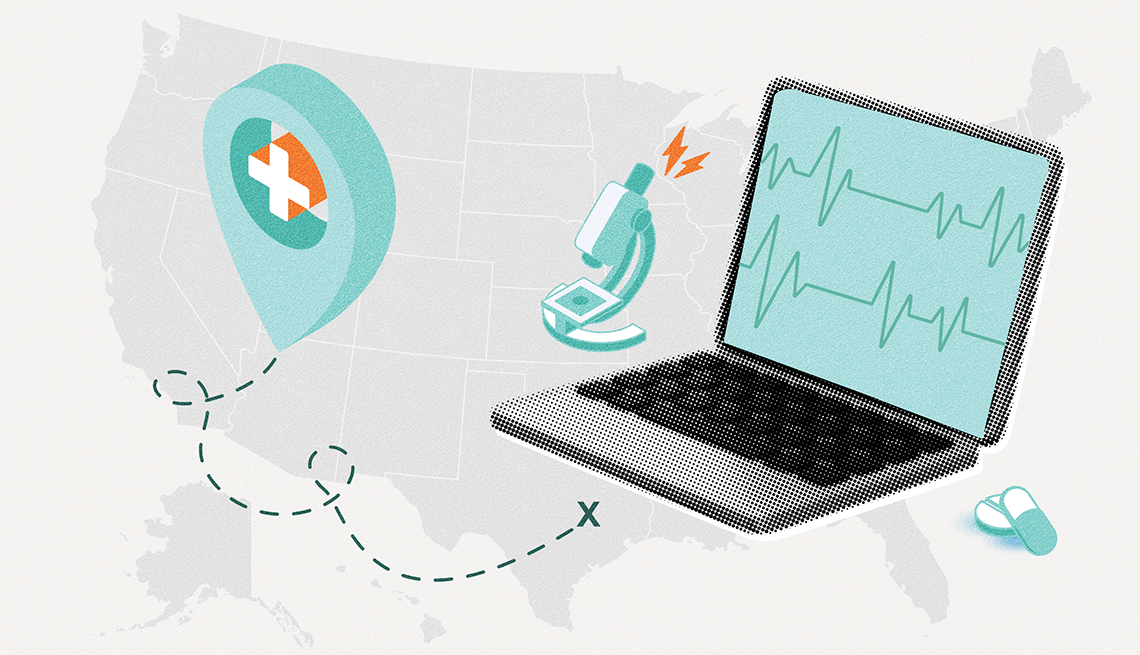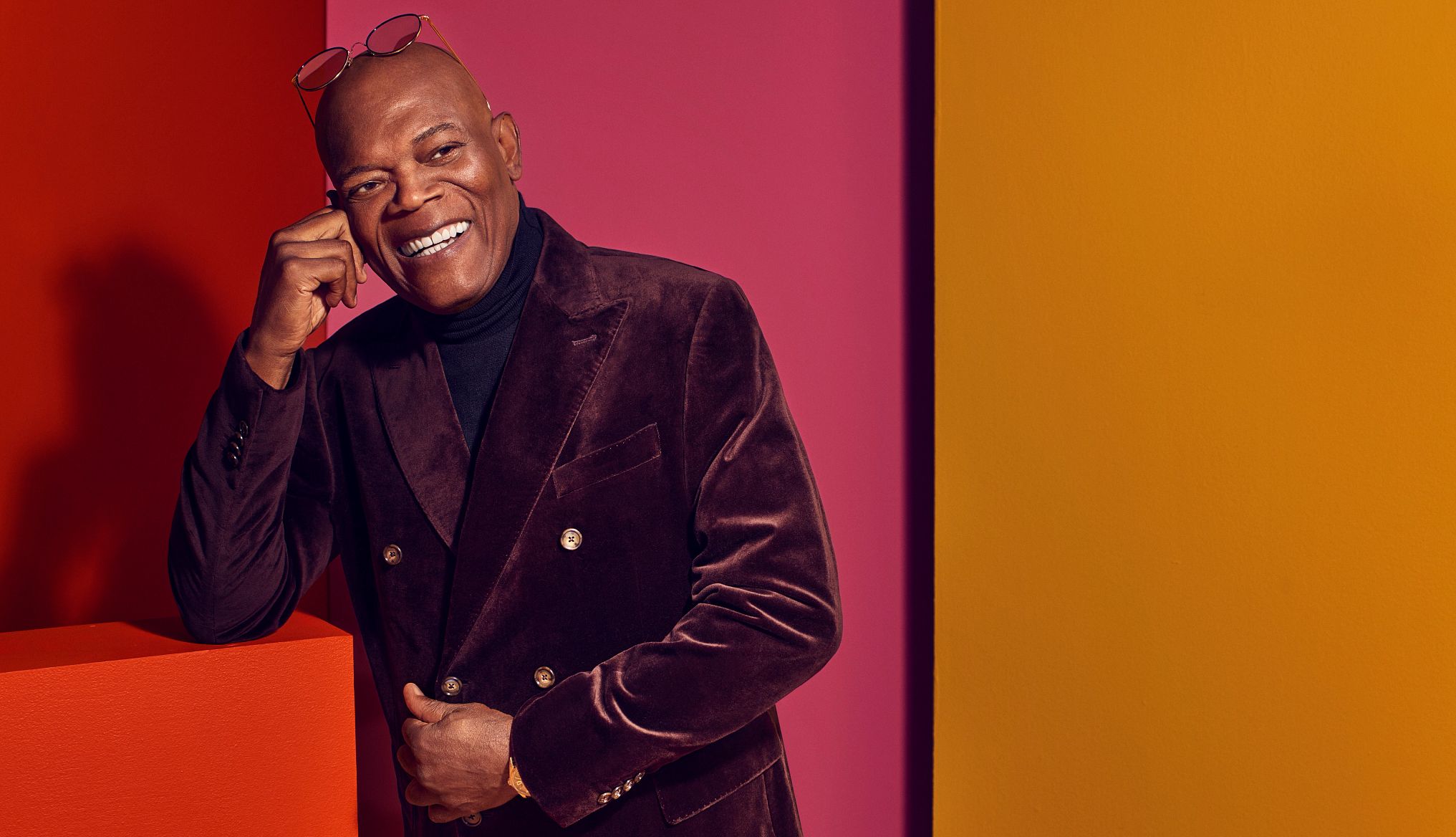AARP Hearing Center
If you've been on Facebook, you've probably seen ads from presidential candidates asking you to join their team or chip in a few dollars.
The campaigns are spending millions to reach people on social media, especially Facebook. They and their supporters are also sharing memes, videos and other posts to boost their candidates and disparage opponents.
But just because an ad or post appears real does not necessarily mean its message is true. Facebook has said it will not fact-check political ads, a decision that has been criticized in light of how political disinformation — which is false information deliberately spread to sway opinion or obscure the truth — was disseminated on social media in 2016.
Because of Facebook's posture on political ads, voters should know how to separate the fake from the real to avoid being tricked. Two caveats: The techniques are not foolproof, since the tools used to create and spread disinformation are sophisticated, and our own biases make us less skeptical of things we already believe are true.
"We've seen a real progression of the use of false information on social media since 2016,” says Samuel Woolley, project director for propaganda research at the Center for Media Engagement at the University of Texas at Austin. It's especially true on Facebook, he notes, where campaigns or political groups across the ideological spectrum can deploy disinformation or provocative content to “try to get people to do what they want."
A “fantastic” platform for targeting older Americans


How to spot false claims on social media
- Like any sales pitch, if it seems too good to be true, it probably is, and the same goes for extra-nasty posts or ads.
- Be especially cautious on group pages or private Facebook groups, where you may not know the people who are engaging. Some could be anonymous or fake accounts. Misinformation also can linger in private groups not seen by a wider audience who are able to flag or debunk it.
- Read beyond headlines. And remember, images and videos can be taken out of context.
- Keep in mind that you can flag a suspicious post on Facebook or contact FactCheck.org or PolitiFact directly by email or their websites if you are unsure about whether a political post or ad is real. The site Snopes.com also debunks false claims.
Older Americans, who are not digital natives who grew up using social media, are primary targets for this, Woolley says. “It's a fantastic tool for them to communicate with their friends and family, but it's also a fantastic tool where they can be manipulated with bad information."
Americans ages 50-plus are the fastest-growing segment of Facebook users, according to Gallup. In 2018, 52 percent of people ages 50 to 64 reported having a Facebook account, up from 34 percent in 2011. Among those 65 and older, 32 percent said they had a Facebook account, up from 18 percent in 2011. Among all adults, 56 percent had a Facebook account in 2018.
Facebook is the social platform that older Americans use most often. Indeed, far more of those age 50-plus use Facebook than Instagram or Twitter, a Pew Research poll found last year. For example, 68 percent of respondents ages 50 to 64 used Facebook, 17 percent used Twitter, and 23 percent used Instagram. Among those 65-plus, fewer than 10 percent used Twitter, which has announced it will not accept political ads.
Campaigns are pouring big bucks into advertising on Facebook. In 2016 the Trump and Clinton campaigns spent $81 million on Facebook advertising, a company executive told Congress.































.jpg?crop=true&anchor=13,195&q=80&color=ffffffff&u=lywnjt&w=2008&h=1154)






































